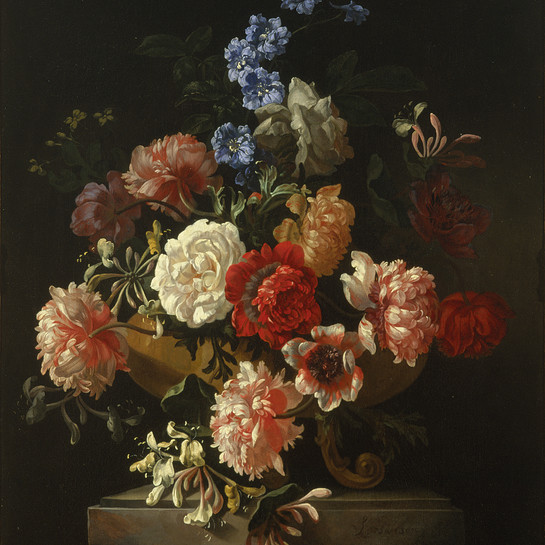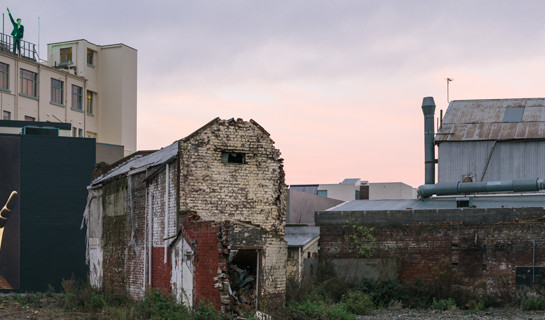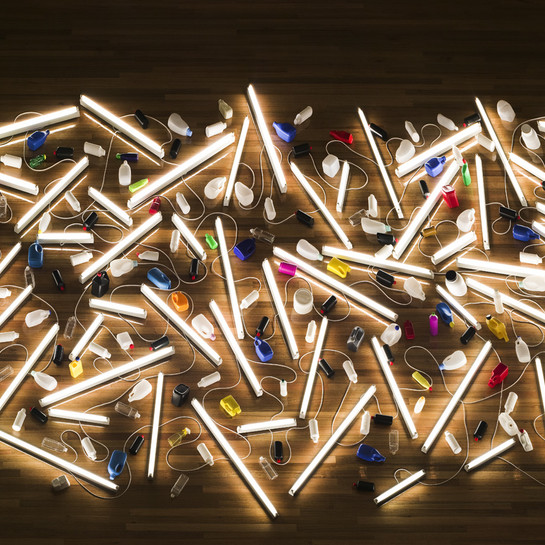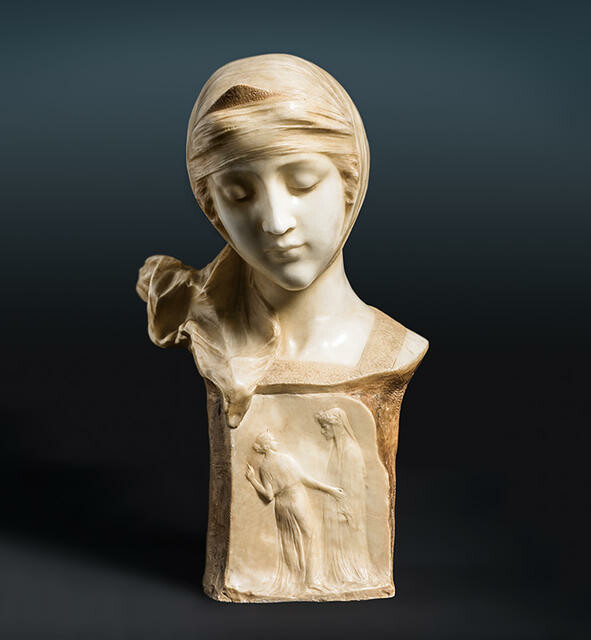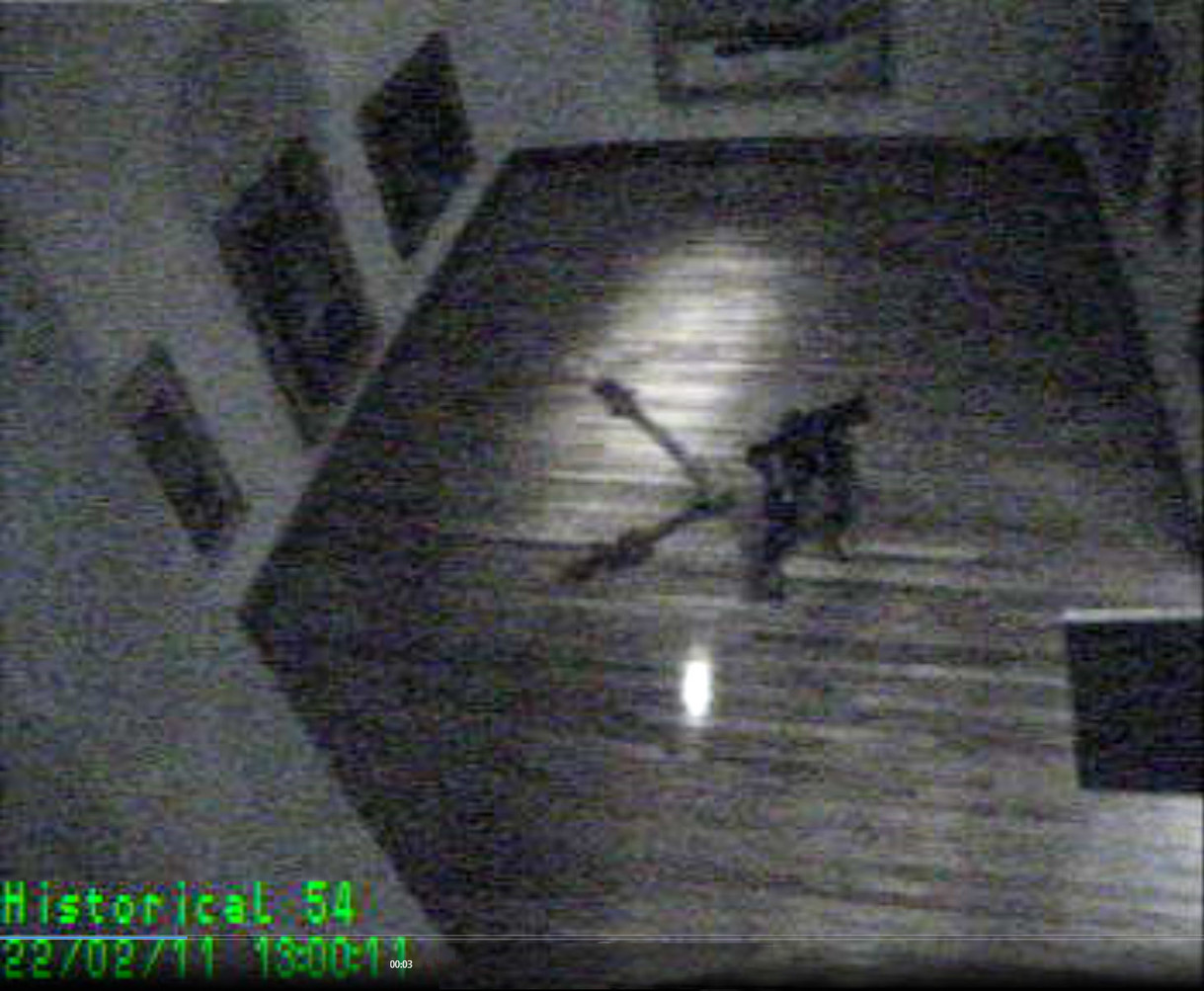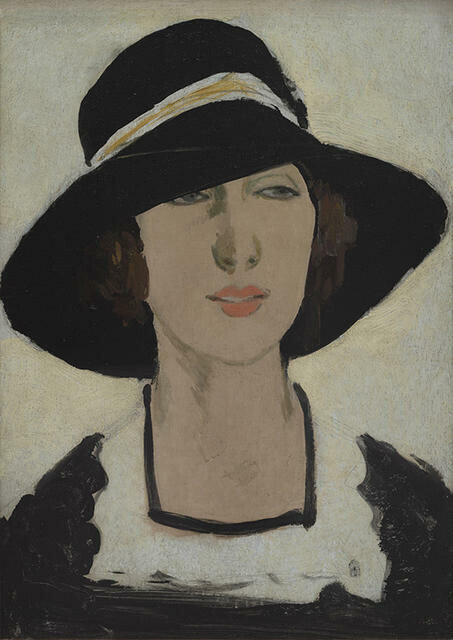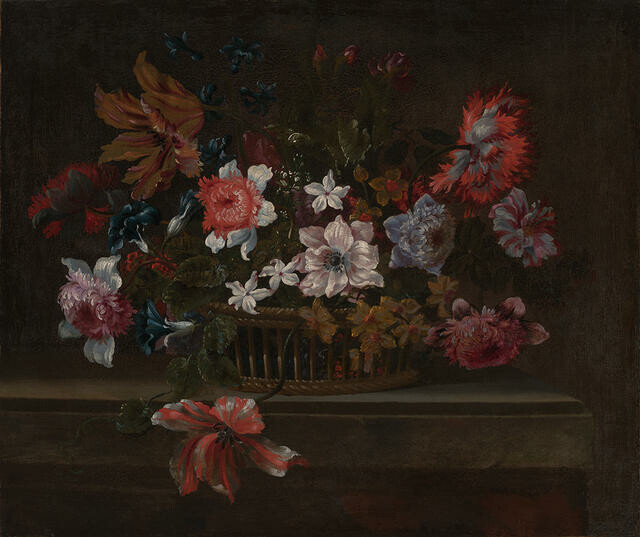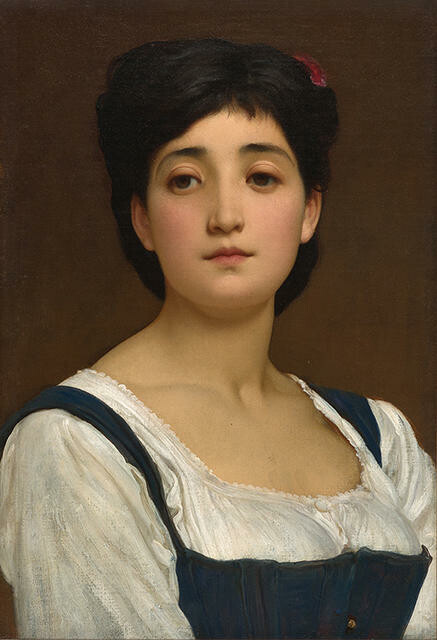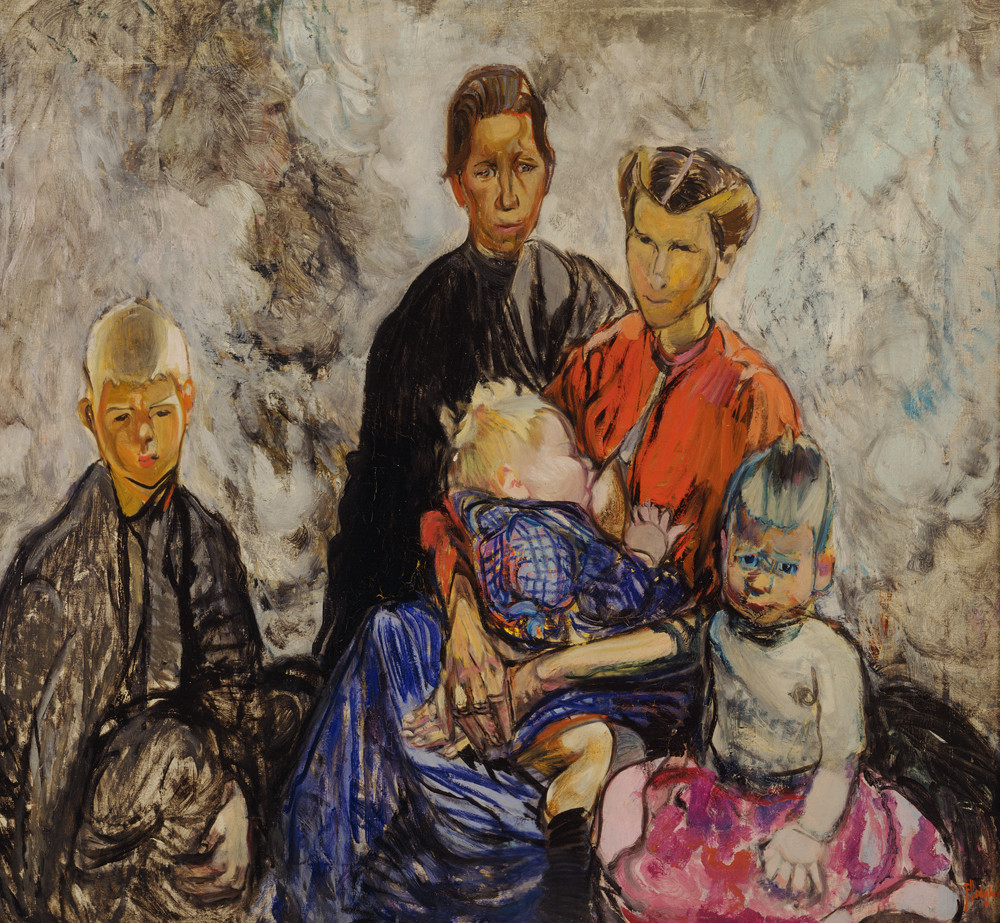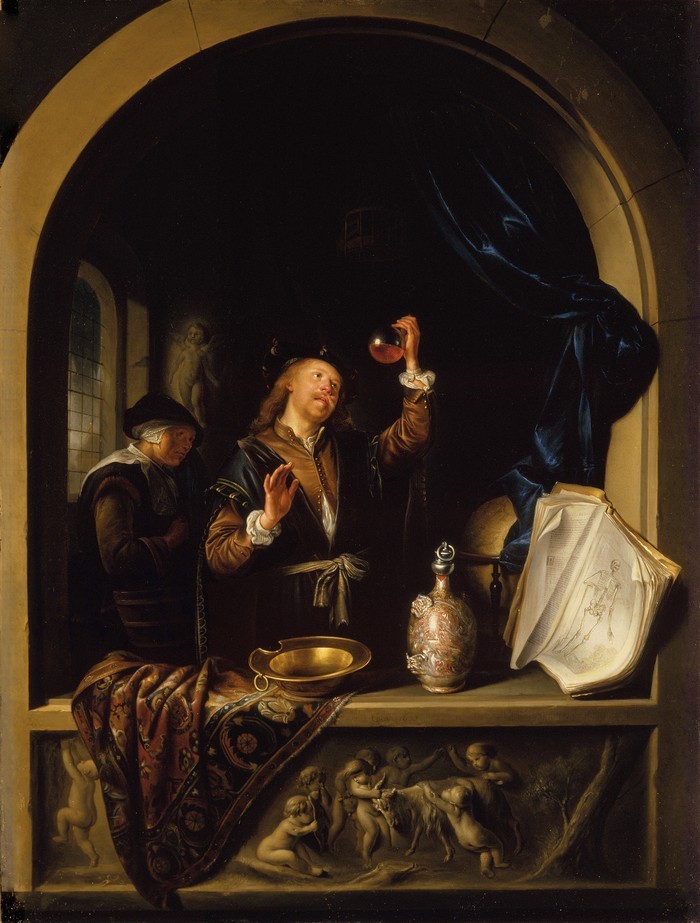U Biagini
Dante’s Beatrice
- c. 1900
- Marble
- J. A. Redpath Bequest, 1975
- 537 x 320 x 272mm
- 75/32
Tags: headscarves, love, people (agents), white (color), women (female humans), wreaths (costume accessories)
Previously attributed to the Rome-based sculptor Alfredo Biagini, Dante’s Beatrice is now recognised as the work of a lesser-known but nevertheless highly accomplished artist U. Biagini working in Florence in the late nineteenth and early twentieth century. Representing Beatrice, who captured the heart of the thirteenth-century Italian poet Dante Alighieri, it is a fine example of the Florentine sculptor’s idealised marble busts.
Dante’s Beatrice was given to the city through the bequest of the retired Christchurch merchant and importer John Alexander Redpath (1875–1975).
(Treasury: A Generous Legacy, 18 December 2015 – 27 November 2016)
Exhibition History
Earlier label texts reflect a previous attribution of this work to Alfredo Biagini (1887-1952).
Brought to light, November 2009- 22 February 2011
The thirteenth-century Italian poet Dante Alighieri was a boy of nine when he first set eyes on Beatrice, ‘the glorious lady of his heart’. Beatrice died when she was twenty-four and Dante wrote a series of love poems, the Vita Nuova, expressing his feelings for her. The Italian sculptor Alfredo Biagini has carved Beatrice as an expression of ideal beauty and virtue, rather than as a portrait of a real woman. The smooth finish of the marble enhances his idealised vision while the frieze on the base of the sculpture tells the story of Dante’s intense love for Beatrice.
The 13th century Italian poet Dante Aligheri relates how, as a boy aged nine, he first set eyes on Beatrice, ‘the glorious lady of his heart’. Beatrice died when she was 24 and Dante wrote a series of love poems, called Vita Nouva, expressing his feelings for her. Alfredo Biagini has carved this sculpture of Beatrice as an expression of ideal beauty and virtue, rather than as a portrait of a real woman. The highly finished style reflects Biagini’s academic training.
The son of a goldsmith, Biagini was born in Rome and studied at the Roman Academy of Fine Arts. In 1912 he won the National Artistic Pensionato and from 1914 he regularly exhibited with the Société des Artistes Français in Paris. Biagini exhibited widely but his first solo exhibition was at the ‘Biennale di Venezia’ in 1936. He held an exhibition with Giorgio de Chirico (1888 -1974) in 1945 and, after he died, de Chirico organised a retrospective exhibition of Biagini's work at the International Artistic Association in Rome in 1954.
(Opening Gallery hang, May 2003)
As a result of his academic training, Biagini often chose subjects from literary sources. Beatrice, from Via Nouva, by the 13th century poet Dante Alighieri, is a good example. Vita Nouva is a series of love poems in which Dante expressed his feelings for the daughter of a distinguished Florentine, Folco dei Portinari. Dante relates how, as a boy aged nine, he first sets eyes on Beatrice, "the glorious lady of his Hearr". This passion, begun through a chance meeting and later extended to symbolise the soul's yearning for God, was said to have determined the entire course of the poet's life. These are the emotions Biagini is expressing in this sculpture. He shows Beatrice's soul wrapped in contemplation of heavenly bliss. On the relief panel at the base of the bust he has also carved a scene from the second book of Dabte's Divine Comedy, (Pugatory 30). In Purgatory Dante meets Beatrice again and she becomes his guide through the many different realms of Paradise.
(Label text from before 2003)
